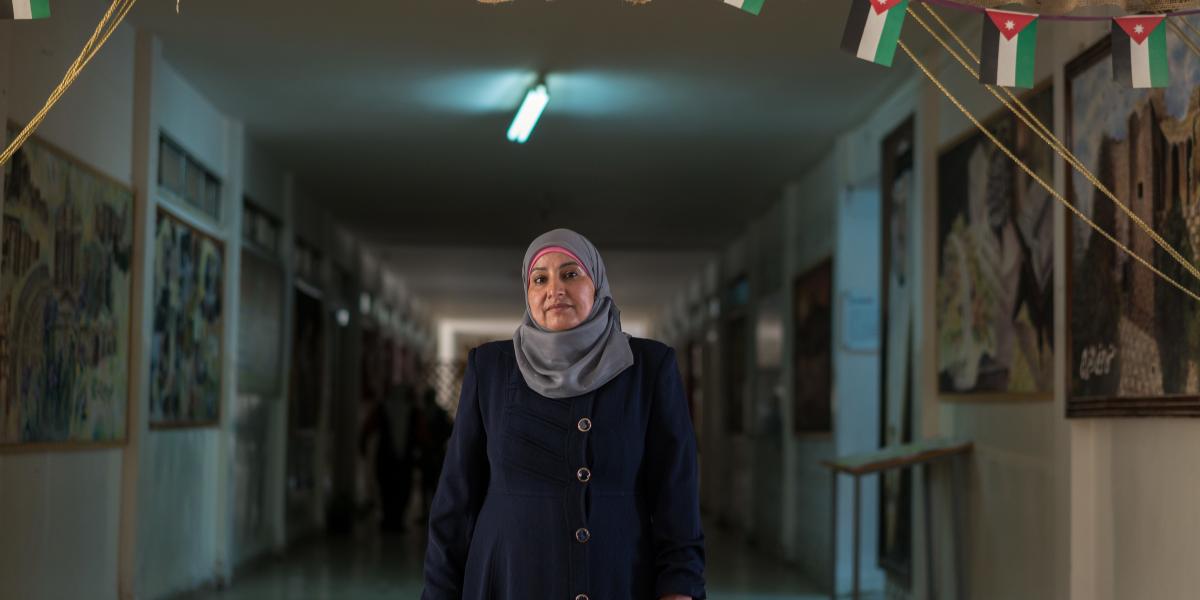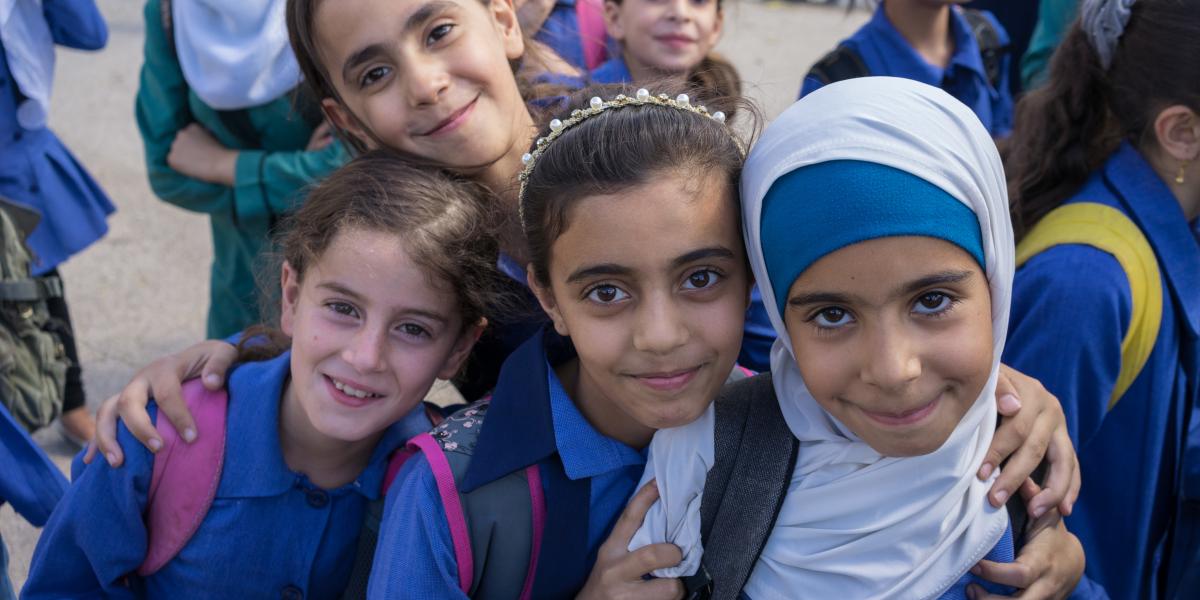RAGHAD’S REFUGE
A friendship that crosses borders and transcends war
Photos by Thomas Cristofoletti for USAID | Video by Dave Cooper
January 2016
In Syria, Raghad used to sit in the first row at school.
When she came to Jordan, she was determined not to change that. Raghad is from the city of Homs, but her family fled to Jordan three years ago. After arriving, Raghad missed an entire year of school. She was frustrated, lonely and homesick for Syria.
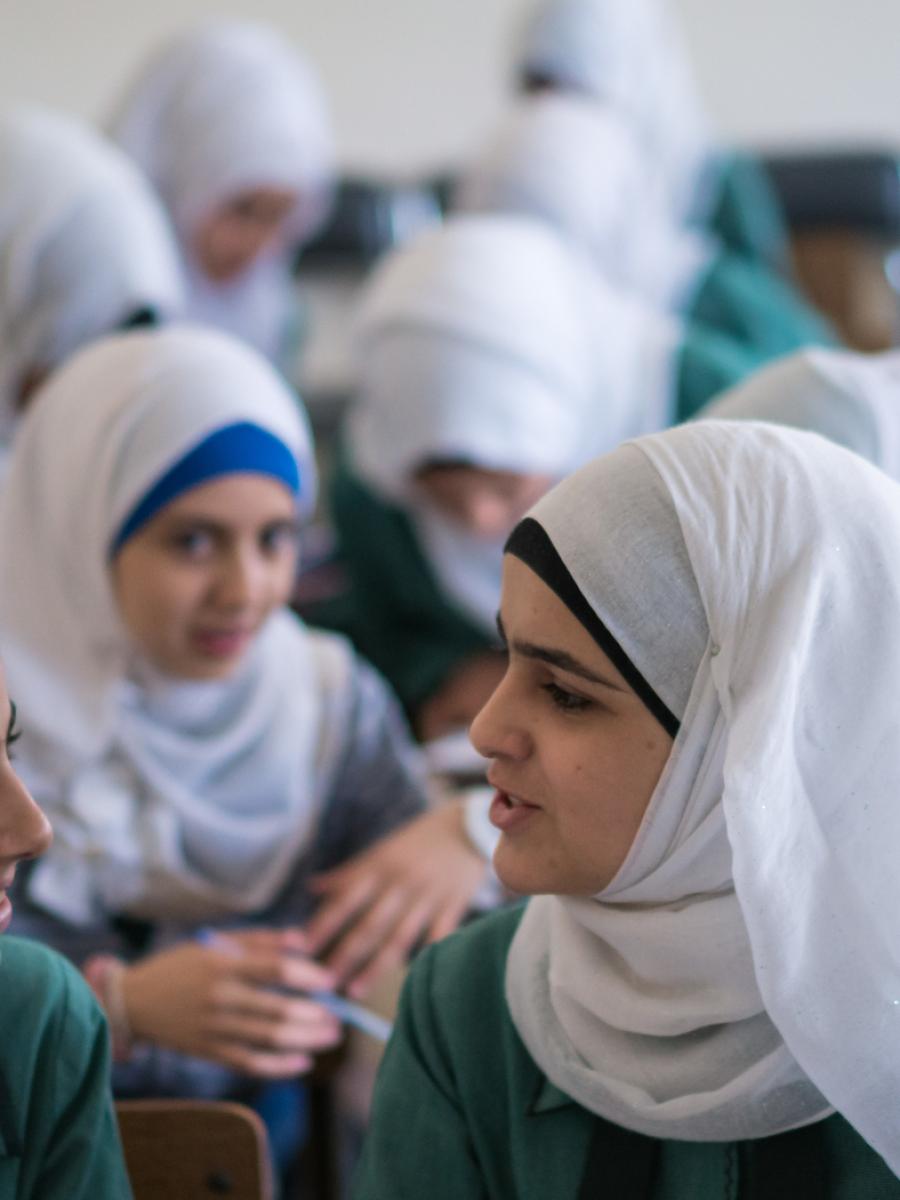
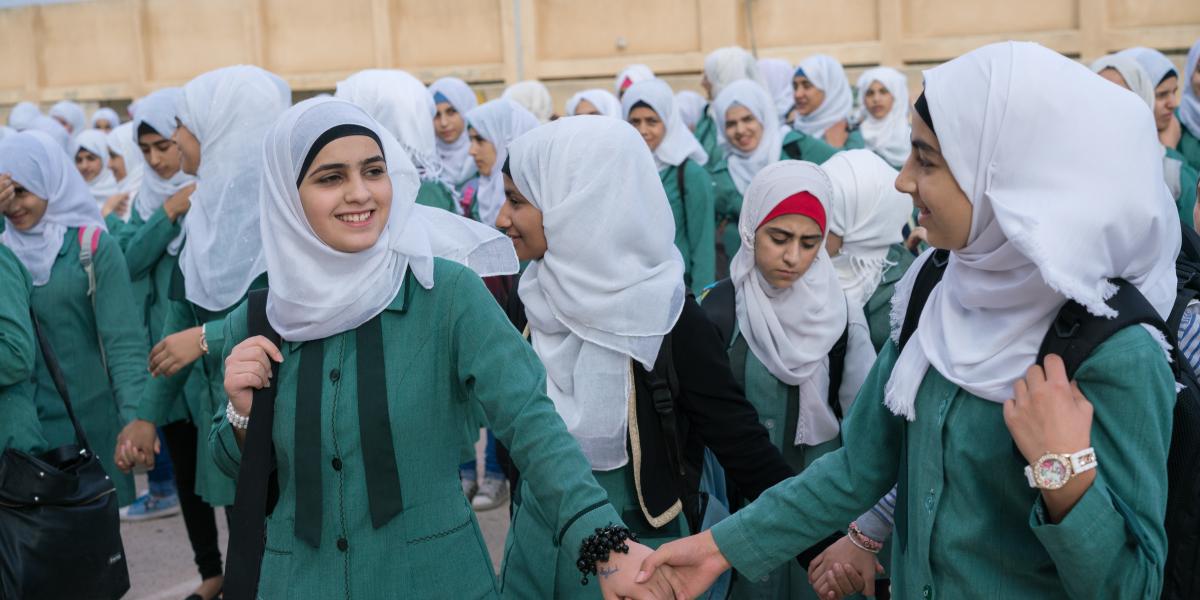
It was at the Anjara Elementary School where things began to change. She met Ghusun, a Jordanian student, when they were seated next to each other in class. They have have been inseparable ever since.
They do everything together.
They wear similar clothes, and celebrate holidays with each other’s families. When they’re apart, they send messages through WhatsApp and Facebook.
For Raghad, who left so much behind when her family escaped Syria, her friendship with Ghusun means everything. “I love my friends just the same way that I love my sisters and family,” she says.
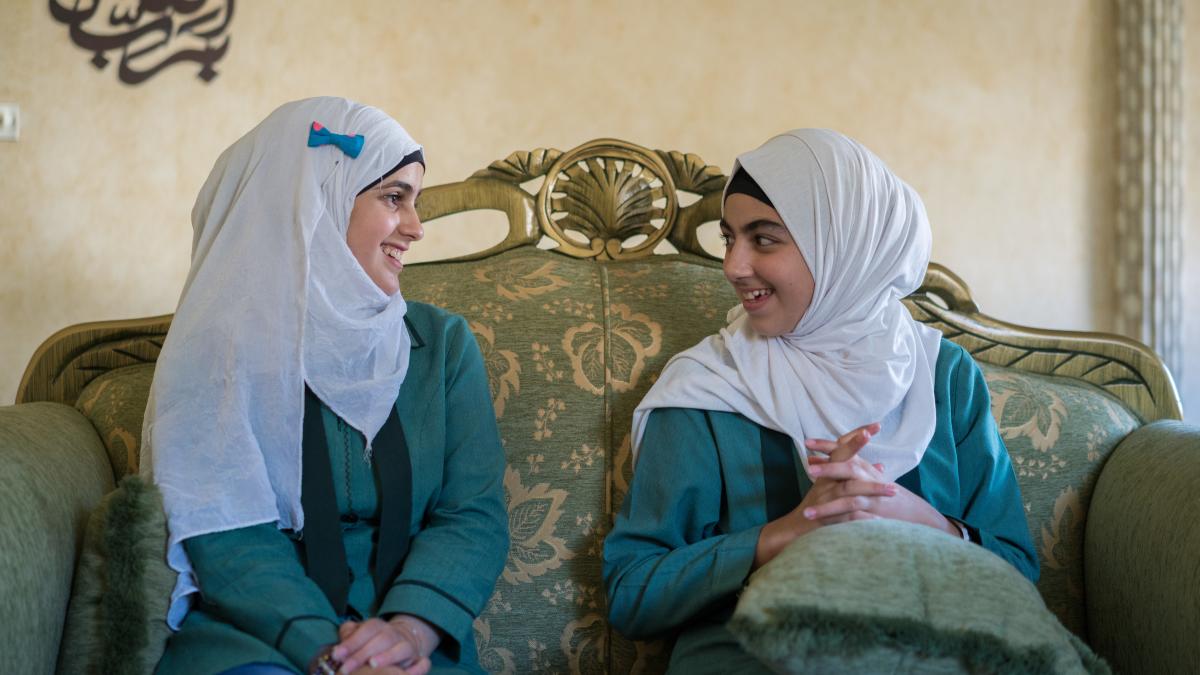
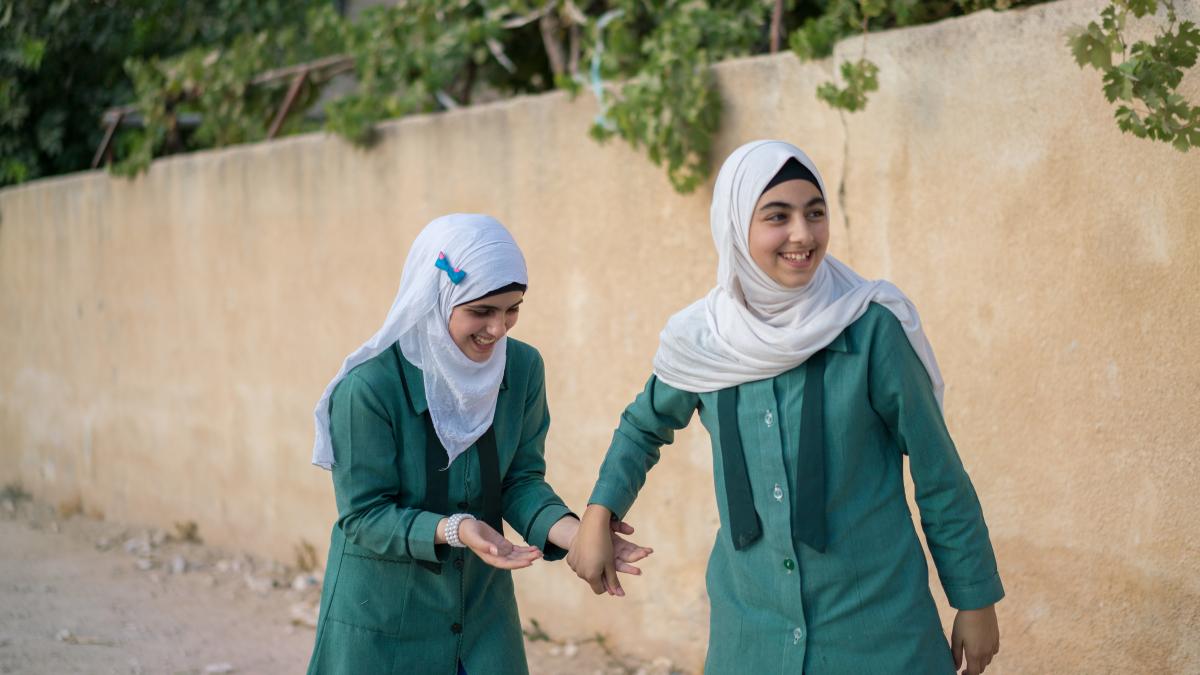
Syria’s civil war has resulted in one of the worst humanitarian crises of our time – one that knows no borders. More than half of Syria’s pre-war population has fled their homes due to the violence. Of those nearly 12 million people, more than 4 million Syrians have sought refuge in neighboring countries – over 628,000 of them in Jordan.

A generation of Syrian children has lost access to education and the ability to experience a normal childhood. Girls are especially vulnerable in countries affected by war. That’s why they need safe spaces to learn and grow.
This created challenges for both teachers and students.
Classrooms were overcrowded, and it was clear that many of the Syrian students felt isolated. The teachers tried to provide support but didn’t know how.
“Before we had problems with the students,” explains Najah. “They were not coming to school. They were fighting. There was not understanding.”
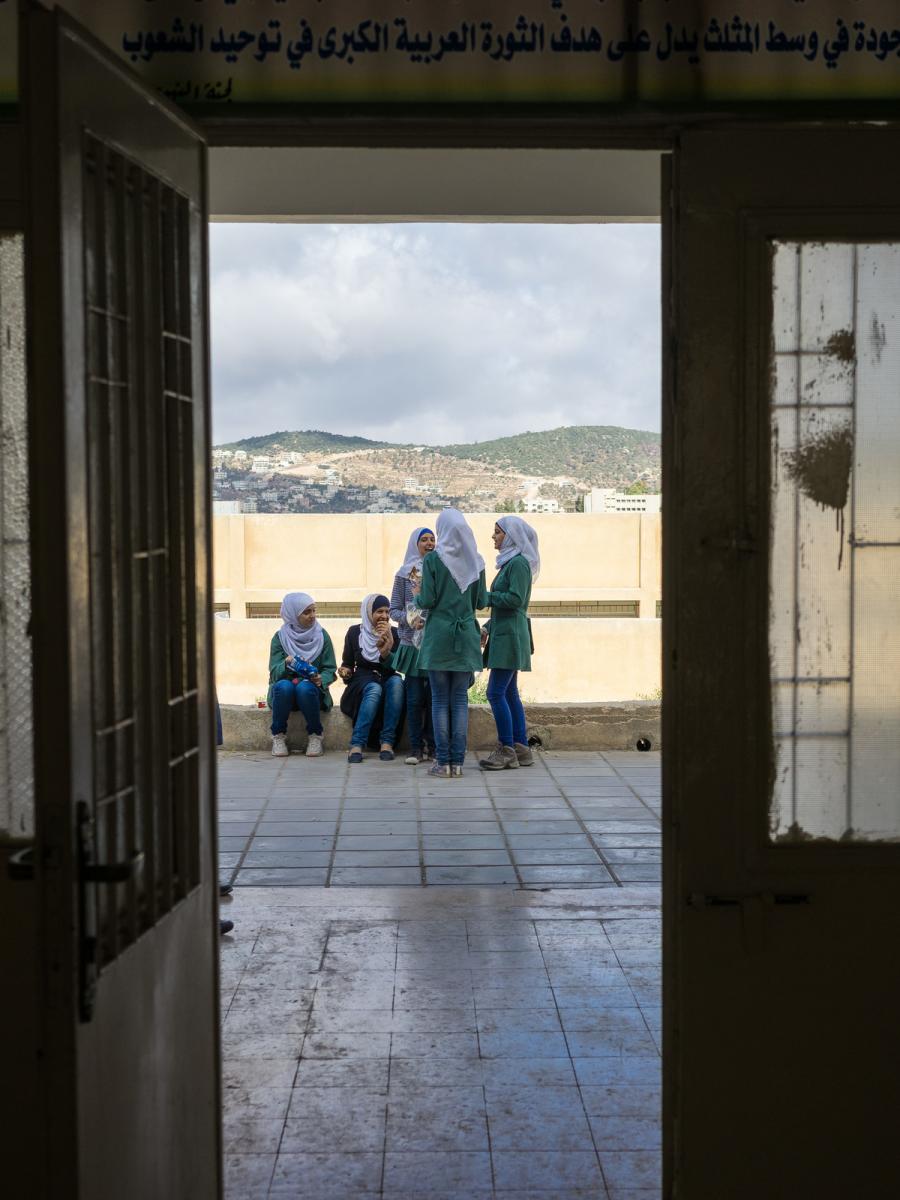
These days the Anjara Elementary School is a very different place. With USAID support, teachers received 10 days of training on how to provide students with a safe and effective learning environment. From psychosocial support to interactive teaching strategies, the teachers found that these new techniques helped them with both their Syrian and Jordanian students.
Hanan Al Smadi is a computer science teacher at Anjara.
She has witnessed first-hand the challenges that Syrian students experienced when they first joined schools in Jordan. “They faced sadness, fear, they were afraid to answer,” she said. “They seemed to like being isolated. If a teacher called their name, they became frightened.”
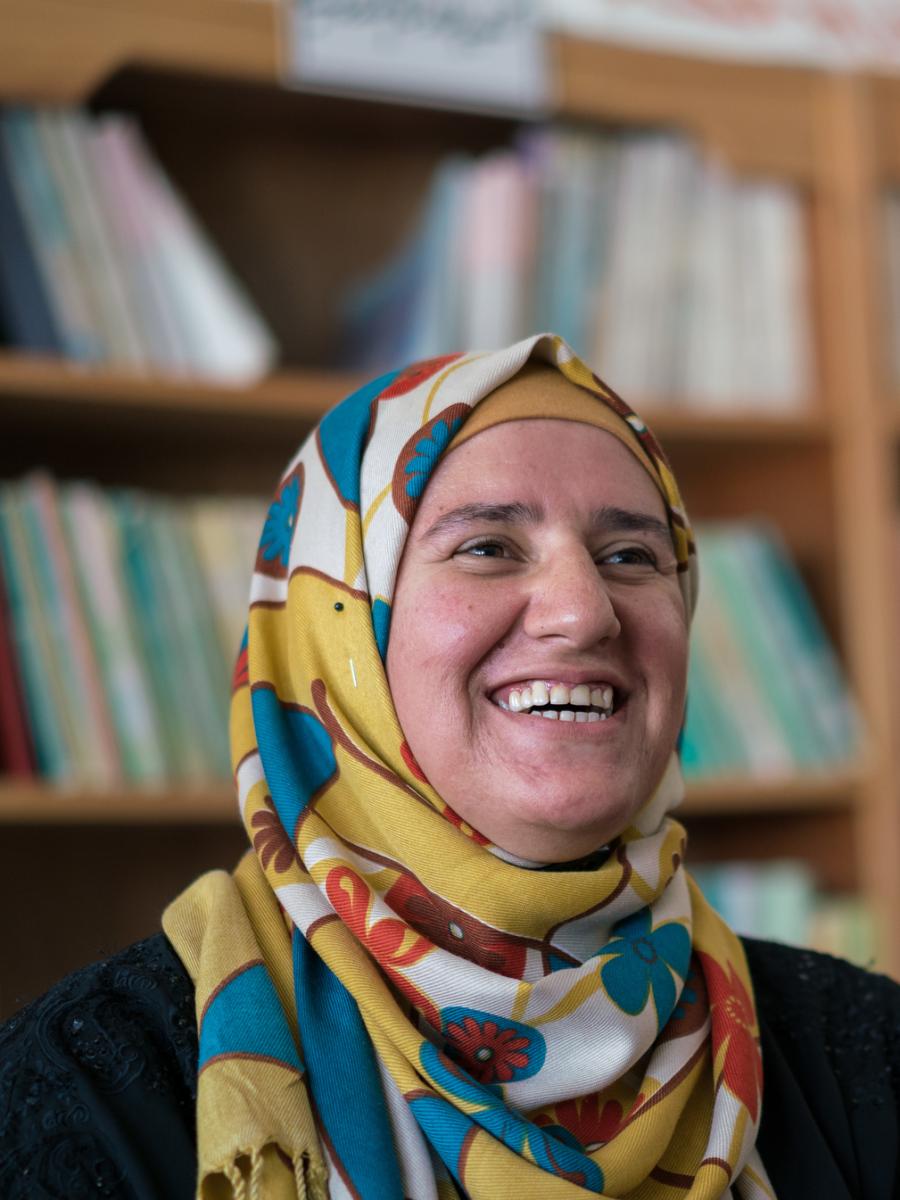
More active, more engaged
Hanan noticed a real difference in how students and teachers interacted with one another after receiving training. She learned how to engage particularly vulnerable kids and watched them become much more active during class.
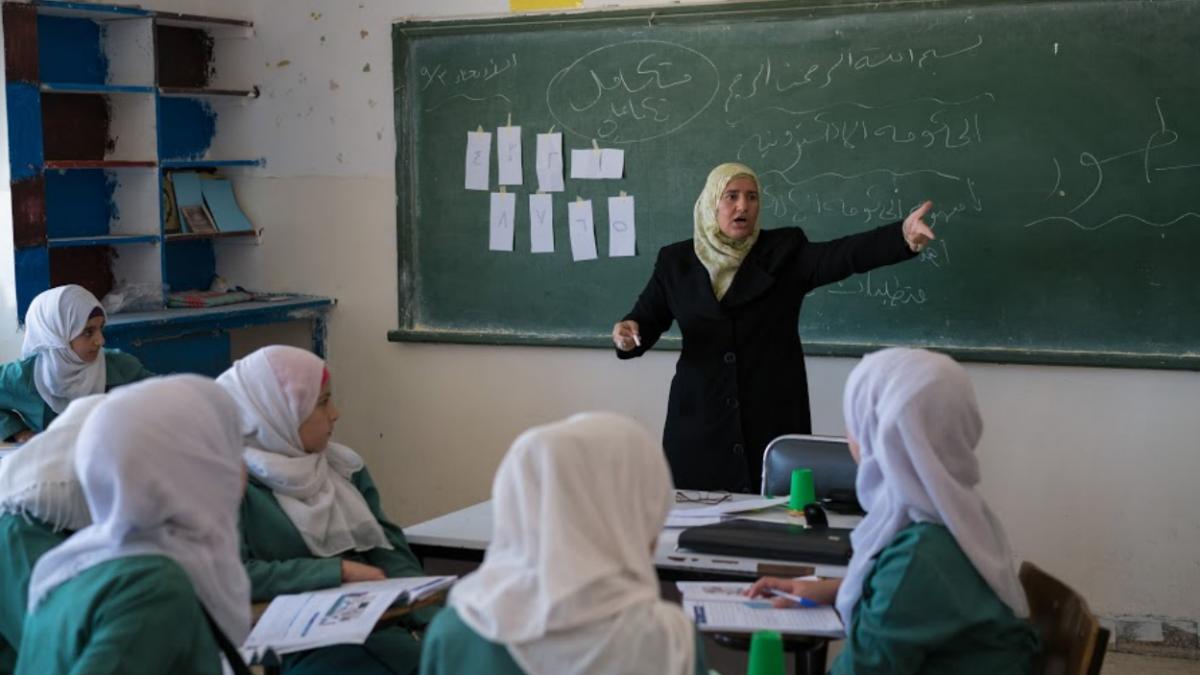
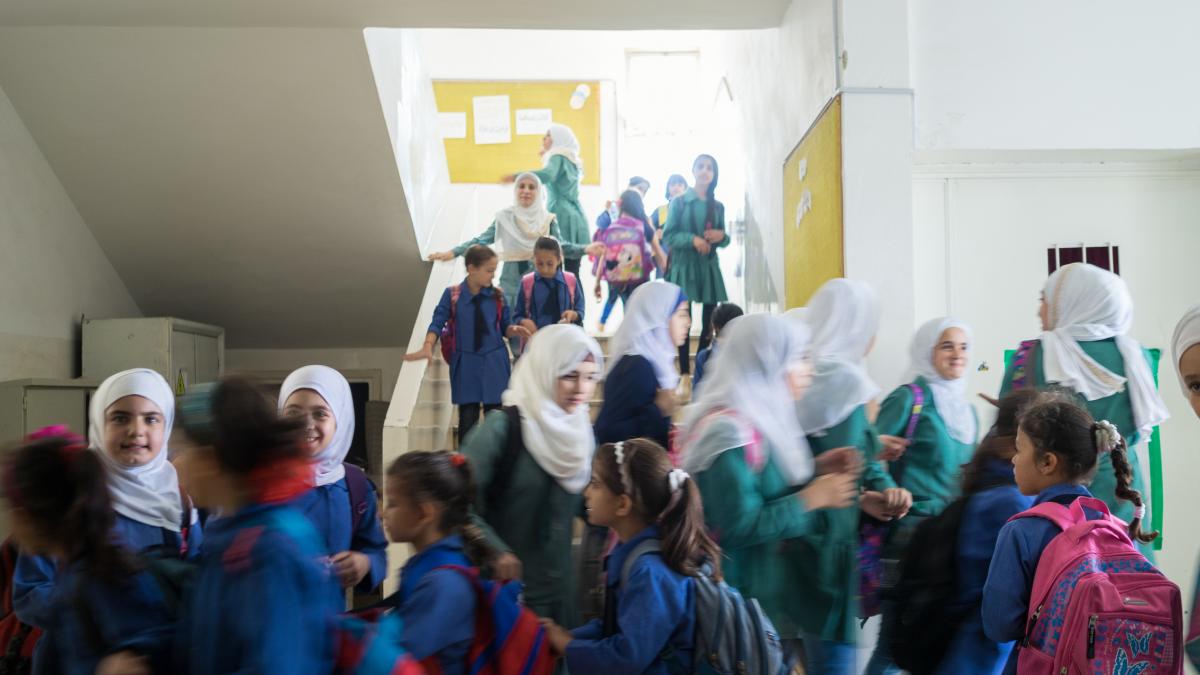
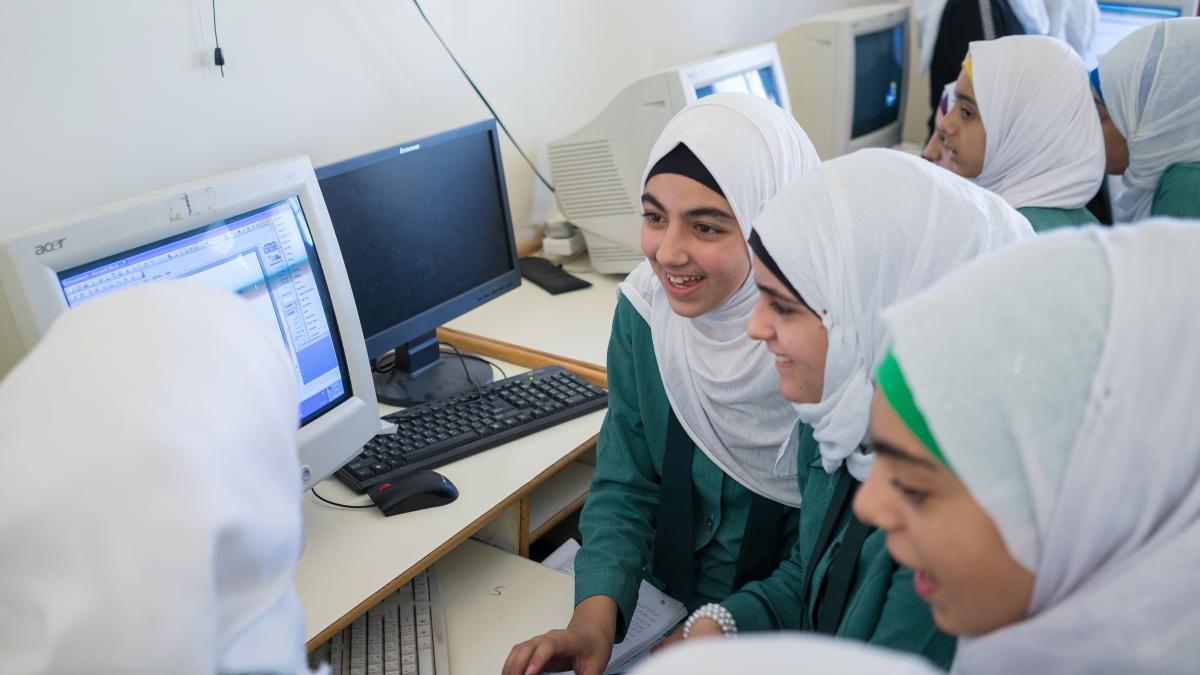
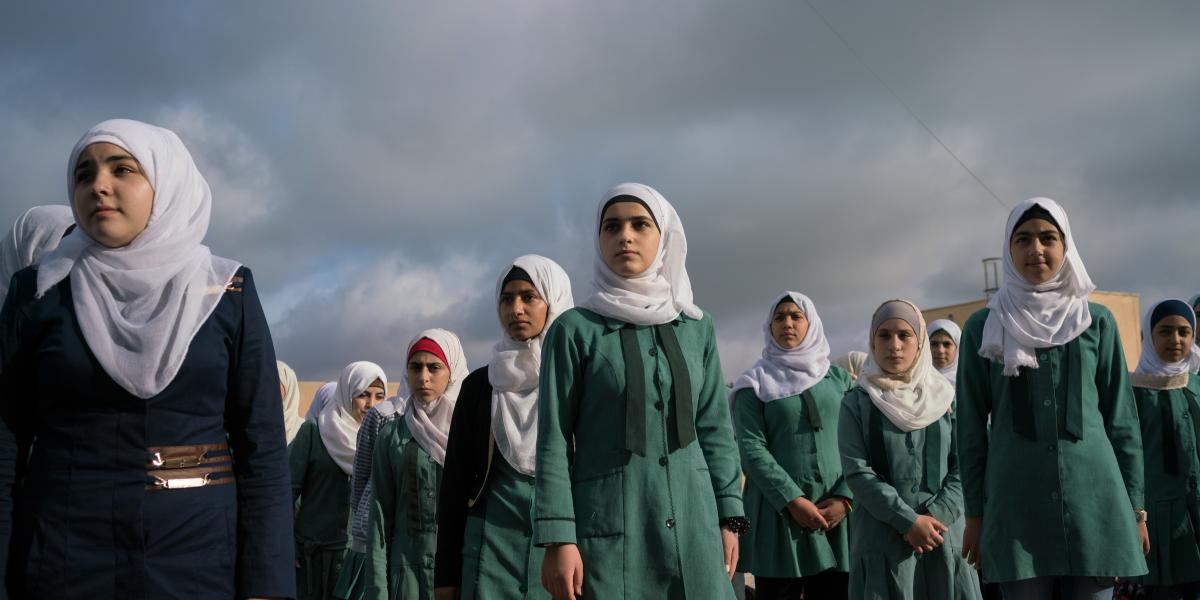
She feels strongly that Syrian and Jordanian students must become integrated. She believes that teachers are supposed to provide a safe, educational environment to help build the next generation. “Education is for all students regardless of their nationality,” says Hanan.
Today, Raghad and Ghusun are doing what all adolescent girls should be doing - they study and hang out together, they play pranks at school, and even created a secret language.
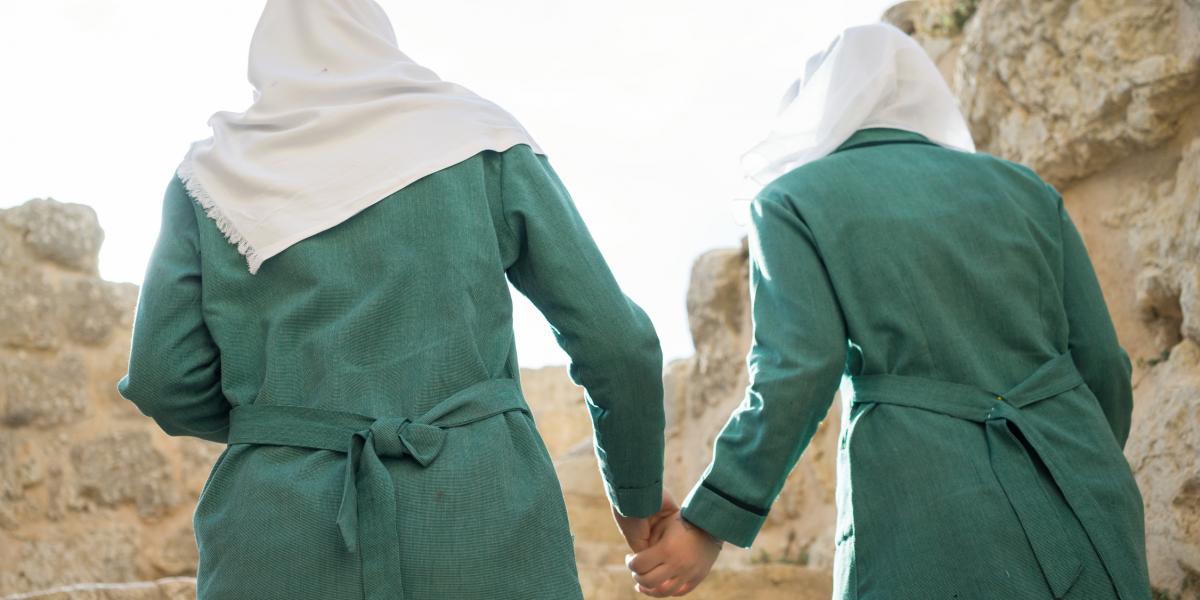
“I wish for Raghad to be able to return to her country,” says Ghusun. “But at the same time, I don’t want her to leave so she can stay with me.”
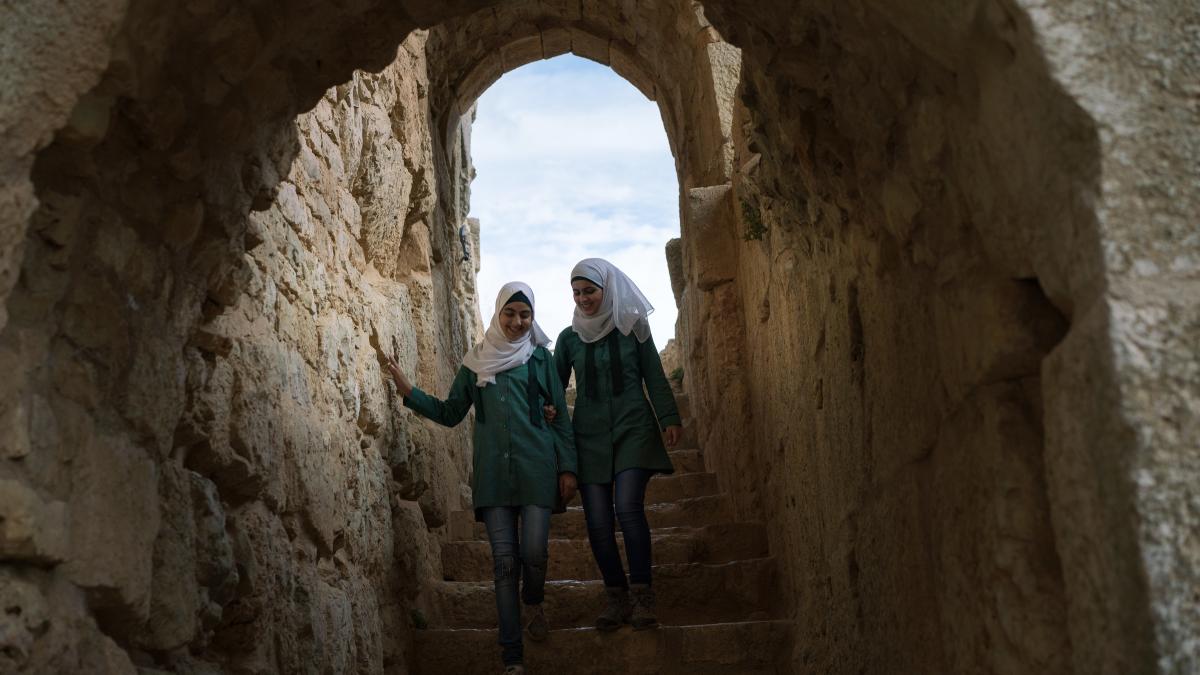
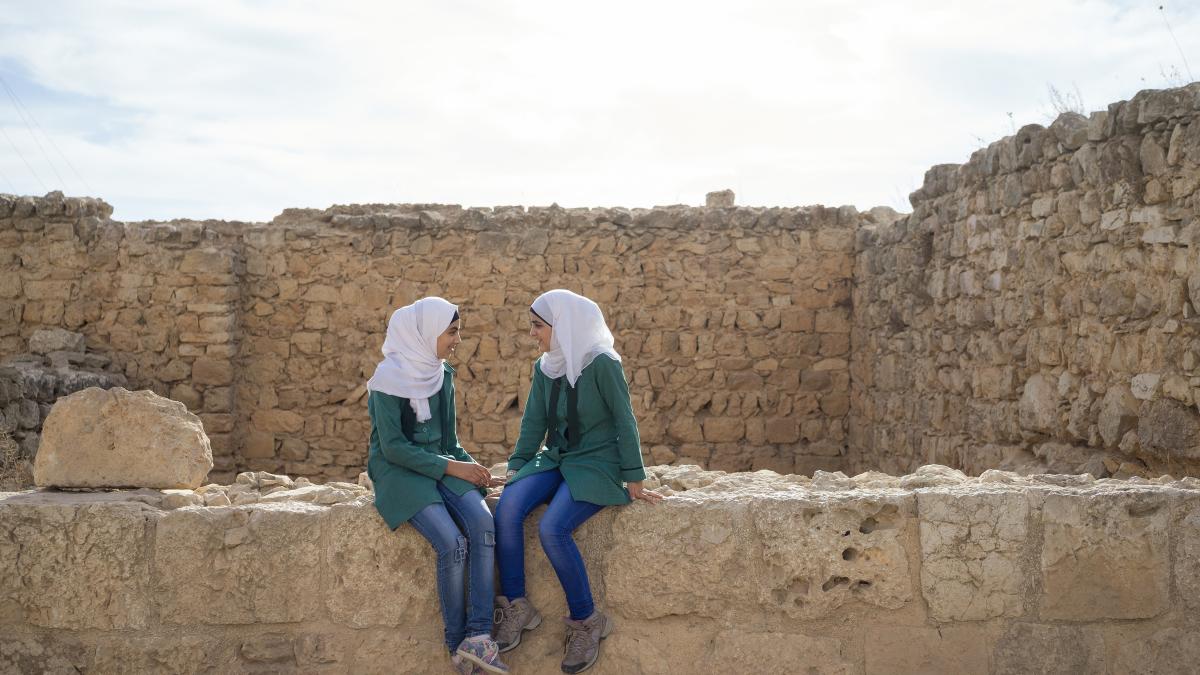
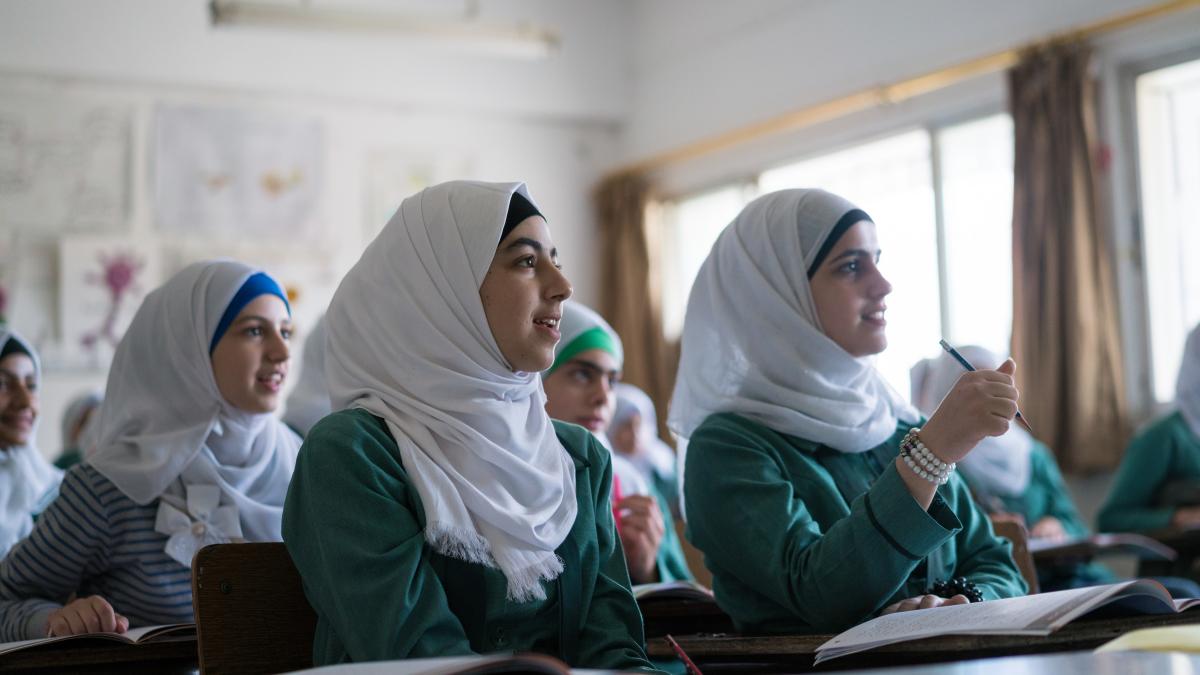
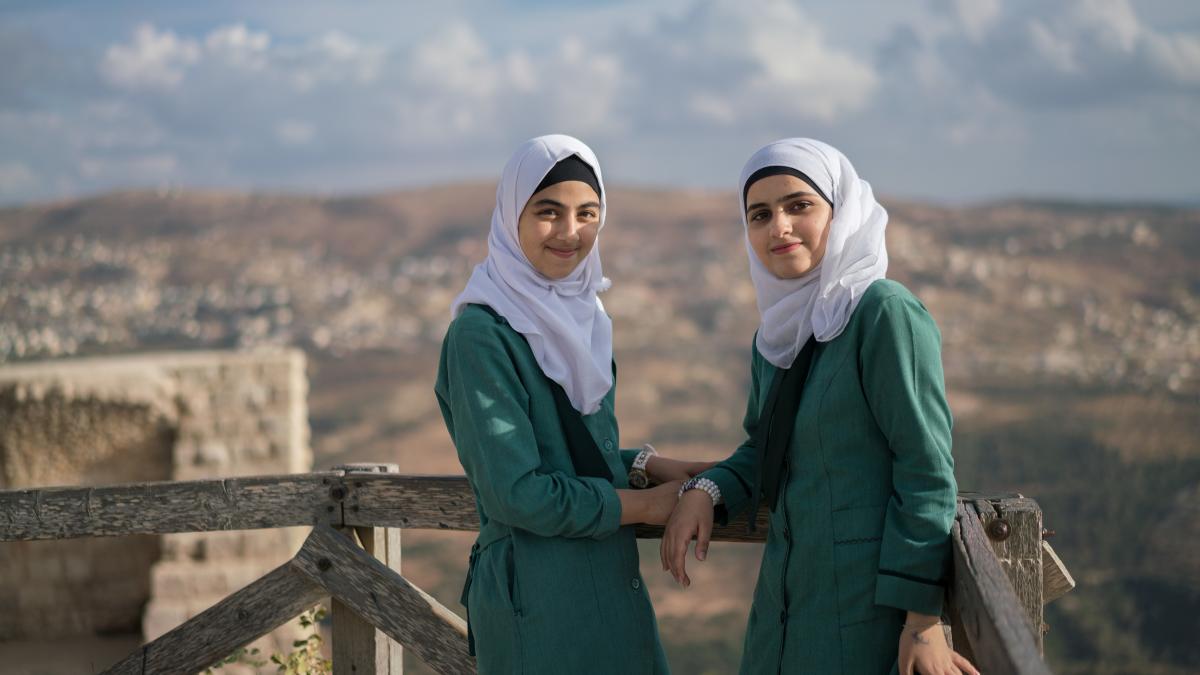
About This Story
Jordan is going to great lengths to ensure that every child is educated. The country is currently hosting more than 143,000 Syrian refugees in its schools with plans to increase that number by 50,000 in 2016.
The Anjara Elementary School educates students from kindergarten through the 9th grade. It is one of 400 schools across Jordan that is supported by the CISLE project, a collaboration between USAID and the Jordanian NGO Queen Rania Teacher Academy that trains teachers to accommodate and integrate new students who have suffered unthinkable trauma and may need special counseling and care.
To date, the CISLE program has trained over 4,500 teachers, benefiting over 100,000 Jordanian and Syrian students.
Along with providing teacher training and developing an early grade reading and math diagnostic tool, USAID also supports Jordan’s education efforts by building and refurbishing schools throughout the country.
USAID announced plans to build 25 new schools in Jordan – primarily girls’ schools – that will accommodate over 25,000 children each year.
Currently, many students in Jordan learn in overcrowded classrooms, and efforts to accommodate Syrian refugees have made the situation more acute.


